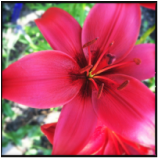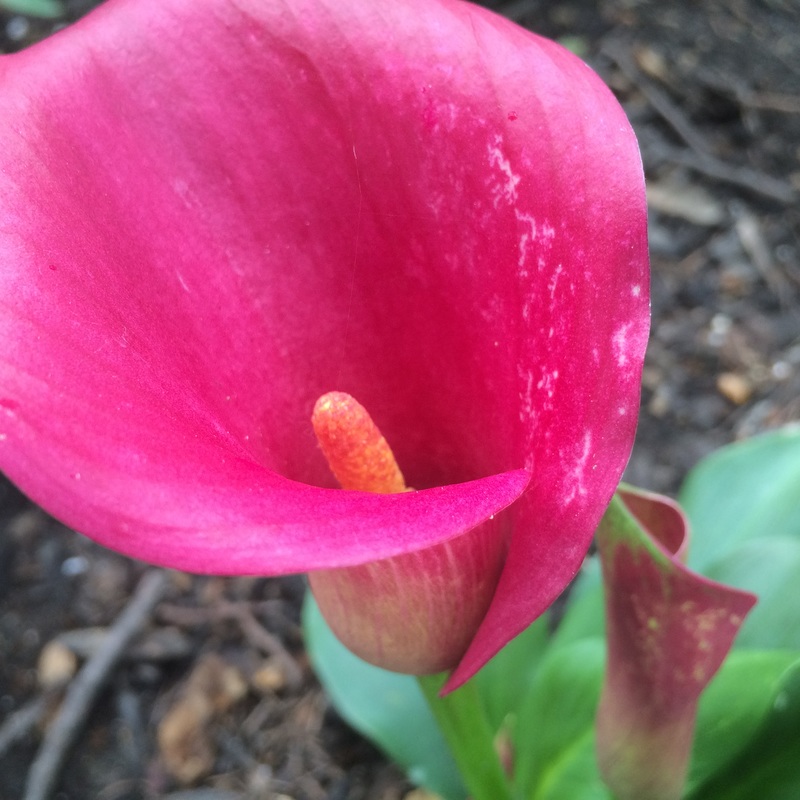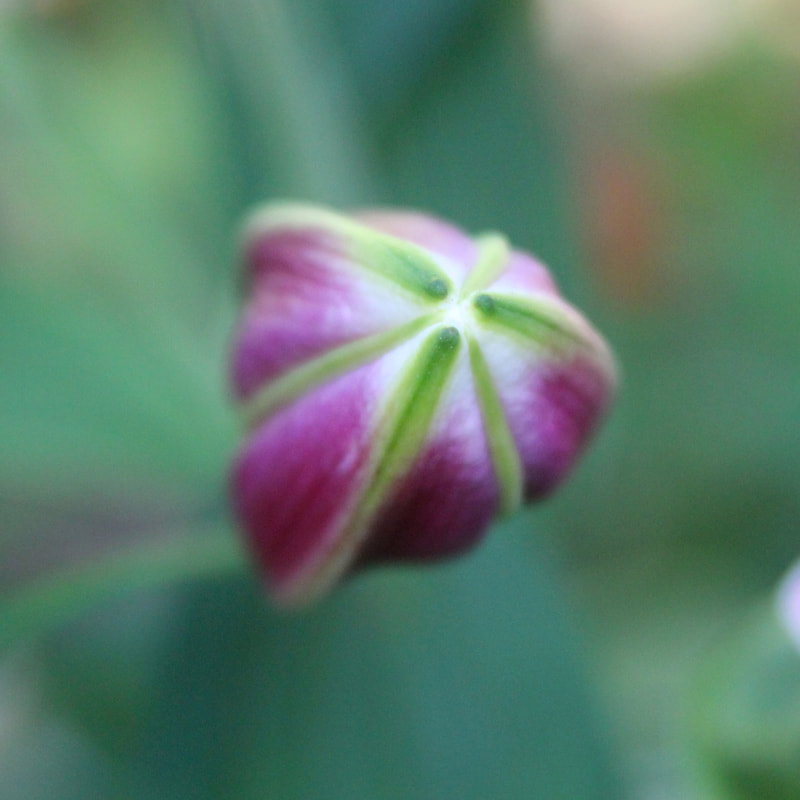Please be courteous with the information and ideas you find here. The ideas are to be shared, but please credit the original author.
Click here for the In the Classroom resources.
Whiteness in a Discussion on Race:
Teaching A Good Time for the Truth at a Two-Year College
Brian Baumgart
4.1
|
In the achievement-oriented environment of higher education, situated within the broader context of a culture that encourages even young children to be competitive, well-managed subjects, fear of failure—and resistance to discussing failure—comes as no surprise. Yet, a close look at creative nonfiction writers’ struggles to achieve the goals they set for themselves is productive, in that it can promote student learning about such crucial matters as representation, stylistic experimentation, and process. I define “failure,” here, as the way writers represent their attempts to fulfill difficult, unending, and even unreachable goals in their own work. In the classroom, attempts to address student fears of, and resistance to, such failure do not always go smoothly, but I would like to offer as examples student work and pedagogical approaches focused on three nonfiction texts: Agee’s Let Us Now Praise Famous Men (co-authored by photographer Walker Evans), Ander Monson’s Vanishing Point: Not a Memoir, and Ta-Nehisi Coates’s Between the World and Me. Click here to continue reading.
|
Shuffling the Cards: I Think Back Through Judith Ortiz Cofer
Jacqueline Doyle
4.1
|
“We think back through our mothers if we are women,” Virginia Woolf wrote in A Room of One’s Own (76). Our mothers may tell us stories that reinforce the status quo, or instead may tell stories that help us break free. Judith Ortiz Cofer is one of those literary foremothers, one who has been on my mind since she passed away on December 20, 2016 at the age of 64, a week after I turned 65. I teach Silent Dancing and The Latin Deli often, and have written several scholarly articles about her work. As I’ve largely turned my attention to creative writing and away from literary scholarship, I’ve been giving some thought to what kind of tribute I might write about her influence. I begin to imagine a narrative essay unfolding like Woolf’s in A Room of One’s Own. Click here to continue reading.
|
Children Die No Matter How Hard We Try:
What the Personal Essay Teaches Us About Reading
Amy E. Robillard
4.1
|
Neither Keen nor Anderst names the personal essay in her work, and neither is it my goal to make a similar claim on behalf of the personal essay. Rather, I want to make a more basic point about what the personal essay can teach us about our reading practices and habits; whether we experience empathy for the author notwithstanding, the personal essay’s insistence on challenging clichés and refusing simplistic answers reveals the ideological disciplining and the commonplace expectations we carry with us. When the context in which a personal essay is read is a writing class, such ideological revelations can prove powerful for both teacher and students. What is taken for granted in work like Keen’s and Anderst’s is that readers approach an author’s work ready to engage on that author’s terms. What ten years of teaching the personal essay has shown me is that we have to remind ourselves, again and again—and again—that we live in a society that asks us, always, to come up with the easy answer, the quick fix, and the happy ending. Click here to continue reading.
|



